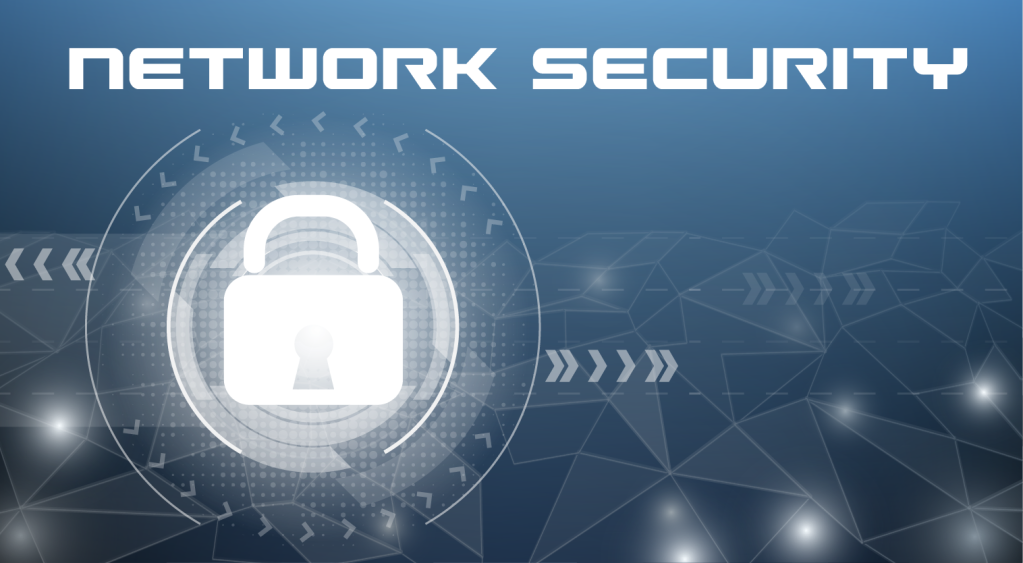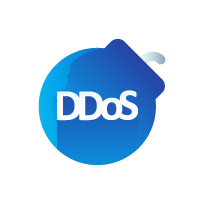
Protect your Network from Cyber-criminals & Hackers!
Cyber security can be complex, and the technology being deployed to keep up with cyber criminals is only going to get more sophisticated. It is about taking all of these technologies and offering them in a package that is easy to deploy at any business that is without a dedicated security team!
INTELLIGENT PROTECTION
Effective protection against today’s vast number of evolving threats requires multiple services working intelligently together. Prevent, detect, and instantly respond to cyber attacks with automated policies.
ACTIONABLE VISIBILITY
Monitor and report on the health of your IT infrastructure. Actionable visibility tools enable you to proactively identify threats, while providing corrective action against known issues.
SIMPLIFIED MANAGEMENT
Managing security across your organization has never been simpler. TOS utilizes tools to quickly and easily deploy, configure, and maintain your security with the granularity of your choice.
Network Security is Constantly Evolving
…and you need a company that is moving as fast as the everchanging landscape of cyber threats.
TOS utilizes the latest Firewalls from SonicWall, Watchguard & Zyxel to create policies, processes and practices designed to prevent, detect and monitor unauthorized access, misuse, modification, or denial of a computer network and network-accessible resources.
Security Management
Security management for networks is different for all kinds of situations. All businesses should have some kind of hardware or and advanced software to prevent malicious attacks from hacking and spamming. In order to minimize susceptibility to malicious attacks from external threats to the network, Total Office Support employ tools which carry out network security verifications.
Types of Attack
Networks are subject to attacks from malicious sources. Attacks can come in two forms: “Passive” where a network intruder intercepts data traveling through the network, and “Active” in which an intruder initiates commands to disrupt the network’s normal operation and/or gain access to company assets available via the network.

DDoS Attack
A Distributed Denial-of-Service attack is a type of cyber-attack that aims to render a machine or network resource inaccessible to its intended users by flooding it with excessive requests, thereby overwhelming the system and preventing legitimate requests from being fulfilled.

DNS Spoofing
DNS spoofing, also referred to as DNS cache poisoning, is a form of computer security hacking in which corrupt Domain Name System data is introduced into the DNS resolver’s cache, causing the name server to return an incorrect result record, e.g. an IP address. This results in traffic being diverted to the attacker’s computer another computer.

Malware
Malware is any software intentionally designed to cause disruption to a computer, server, client, or computer network, leak private information, gain unauthorized access to information or systems, deprive access to information, or which unknowingly interferes with the user’s computer security and privacy.

Phishing
A technique for attempting to acquire sensitive data, such as bank account numbers, through a fraudulent solicitation in email or on a web site, in which the perpetrator masquerades as a legitimate business or reputable person.

Port Scanning
Port scanning is a method of determining which ports on a network are open and could be receiving or sending data. The goal behind port scanning is to identify IP addresses, hosts and ports to determine open or vulnerable server locations

Ransomware
Ransomware is a form of malware designed to encrypt files on a device, rendering any files and the systems that rely on them unusable. Malicious actors then demand ransom in exchange for decryption.

Spam
Spam is any kind of unwanted, unsolicited digital communication that gets sent out in bulk. Often spam is sent via email, but it can also be distributed via text messages, phone calls, or social media.

Traffic Analysis
Traffic analysis is the process of intercepting and examining messages in order to deduce information from patterns in communication, it can be performed even when the messages are encrypted.

Viruses
A computer virus is a program that replicates itself by modifying other computer programs and inserting its own code into them. This process of replication infects the affected areas, similar to how biological viruses infect living organisms.
